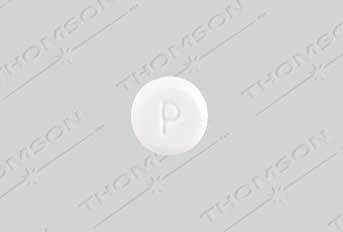TriNessa Lo Interactions
There are 472 drugs known to interact with TriNessa Lo (ethinyl estradiol/norgestimate), along with 22 disease interactions, and 7 alcohol/food interactions. Of the total drug interactions, 64 are major, 358 are moderate, and 50 are minor.
- View all 472 medications that may interact with TriNessa Lo
- View TriNessa Lo alcohol/food interactions (7)
- View TriNessa Lo disease interactions (22)
Most frequently checked interactions
View interaction reports for TriNessa Lo (ethinyl estradiol / norgestimate) and the medicines listed below.
- Adderall (amphetamine / dextroamphetamine)
- Adderall XR (amphetamine / dextroamphetamine)
- albuterol
- alprazolam
- amitriptyline
- Benadryl (diphenhydramine)
- biotin
- bupropion
- buspirone
- cetirizine
- clonazepam
- cyclobenzaprine
- gabapentin
- hydroxyzine
- ibuprofen
- levothyroxine
- melatonin
- methocarbamol
- montelukast
- naproxen
- omeprazole
- Pepcid (famotidine)
- prednisone
- propranolol
- spironolactone
- sumatriptan
- trazodone
- venlafaxine
- Vitamin D3 (cholecalciferol)
- Zoloft (sertraline)
TriNessa Lo alcohol/food interactions
There are 7 alcohol/food interactions with TriNessa Lo (ethinyl estradiol / norgestimate).
TriNessa Lo disease interactions
There are 22 disease interactions with TriNessa Lo (ethinyl estradiol / norgestimate) which include:
- smoking
- abnormal vaginal bleeding
- carcinomas (estrogenic)
- hypercalcemia in breast cancer
- hypertension
- thromboembolism/cardiovascular
- hepatic neoplasms
- liver disease
- thromboembolism
- angioedema
- gallbladder disease
- hypercalcemia
- hyperlipidemia
- liver disease
- melasma
- depression
- fluid retention
- glucose intolerance
- retinal thrombosis
- thyroid function tests
- hyperlipidemia
- weight gain
More about TriNessa Lo (ethinyl estradiol / norgestimate)
- TriNessa Lo consumer information
- Compare alternatives
- Reviews (47)
- Drug images
- Side effects
- Dosage information
- During pregnancy
- Drug class: contraceptives
Related treatment guides
Drug Interaction Classification
| Highly clinically significant. Avoid combinations; the risk of the interaction outweighs the benefit. | |
| Moderately clinically significant. Usually avoid combinations; use it only under special circumstances. | |
| Minimally clinically significant. Minimize risk; assess risk and consider an alternative drug, take steps to circumvent the interaction risk and/or institute a monitoring plan. | |
| No interaction information available. |
Further information
Always consult your healthcare provider to ensure the information displayed on this page applies to your personal circumstances.


